Each year, Kolkata’s Durga Puja scales new heights as the most spectacular and extravagant event in the city’s calendar. From the turn of the twenty-first century, the festival has taken on a particular artistic dispensation that is unique to the contemporary city, demanding a new order of attention and analysis. Based on field-research conducted between 2002 and 2012, this book unravels the anatomy of this newly-configured ‘art’ event, by tracking the new production processes, the mounting trends of publicity and sponsorship as well as the practices of mass spectatorship that make for the transformed visual culture of the festival. This new visual aesthetic, it is argued, has become the most important marker of the rapidly mutating identity of today’s Durga Puja in Kolkata, bringing into the fray new categories of artists and designers, new genres of public art, and new spaces for art production and reception in the city.
The book’s central concern lies in conceptualizing a specifically contemporary and artistic history of the urban festival. In keeping with its title, the book examines the diversity of images and practices – from the consumerist spectacle and the bonanza of awards to the efflorescence of public installations and art and craft productions – that unfurls in this season ‘in the name of the goddess’. While profiling the Durga Pujas as Kolkata’s biggest public art event, the book also addresses the ambivalence of the designations of ‘art’ and ‘artist’ in this eld of production and viewership. One of the main aims of this study has been to lay open the claims of ‘art’ in this festival both as a set of insistent projections as well as a mesh of incomplete formations. The new artistic nomenclature of the festival, it is shown, is not easily secured and has to struggle to assert itself within the body of the religious event and the ephemeral mass spectacle.

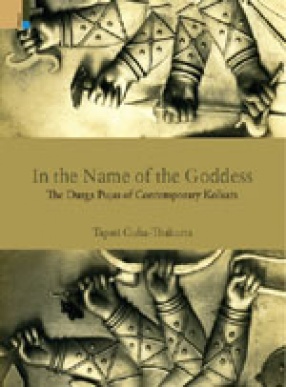
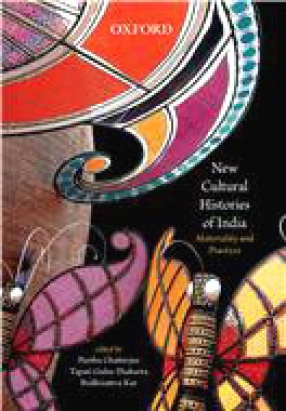
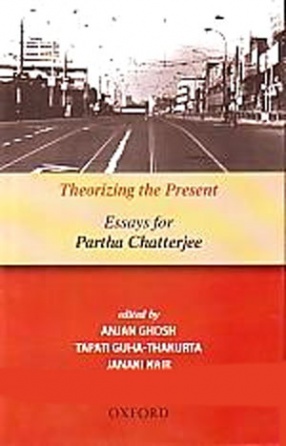
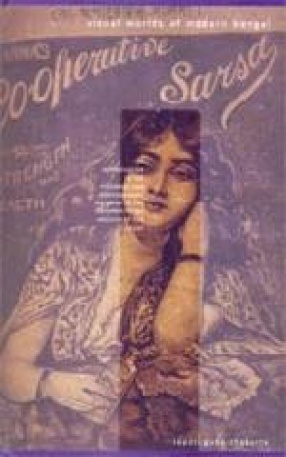

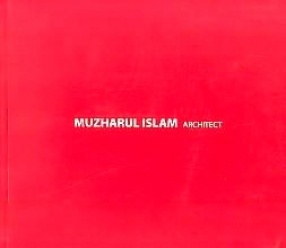
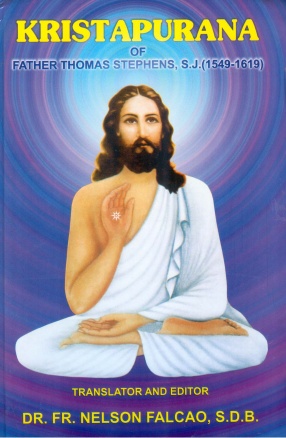
There are no reviews yet.